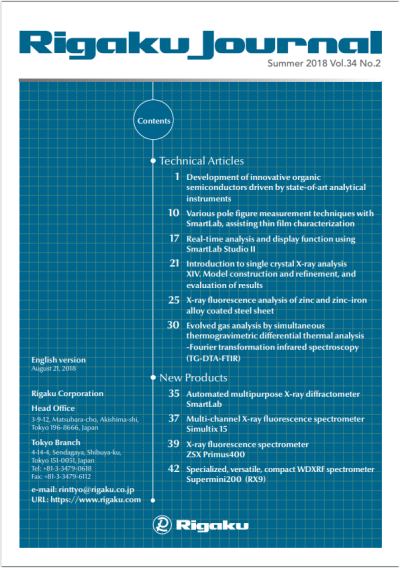Single crystal X-ray structural analysis of proteins includes these steps: expression, crystallization of protein, data collection, phase determination, model building, model fitting, and refinement of the molecular model. When the difficult steps of crystallization and phase determination are overcome, the process of structural analysis can move on to model building and refinement.
The initial electron density map after phase determination is usually noisy. Therefore, before model building, noise is reduced by density modification methods, such as "solvent flattening" and "histogram matching," resulting in an improved electron density map, which makes the model building step easier.
In the past, model building was done by making full use of a very expensive graphic work station, such as ones produced by Silicon Graphics. Additionally, the refinement calculation took more than one overnight period in most cases. However, nowadays, due to the increased speed of computers, structural analysis and model building can be carried out on a personal Windows or Mac computer, and refinement can be completed within minutes if things go well. If high-quality, high-resolution data can be obtained, most of the molecular model can be built automatically, thanks to advances in crystallographic software. However, if data resolution necessary for automatic model building cannot be obtained, it is still necessary to manually add amino acid residues one by one to build the model.
Here, construction and refinement of the model in X-ray structural analysis will be explained.

